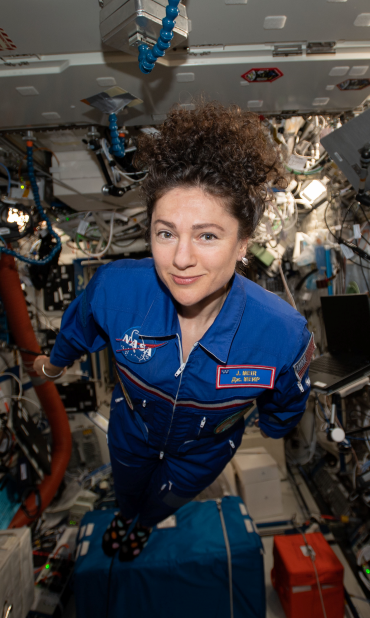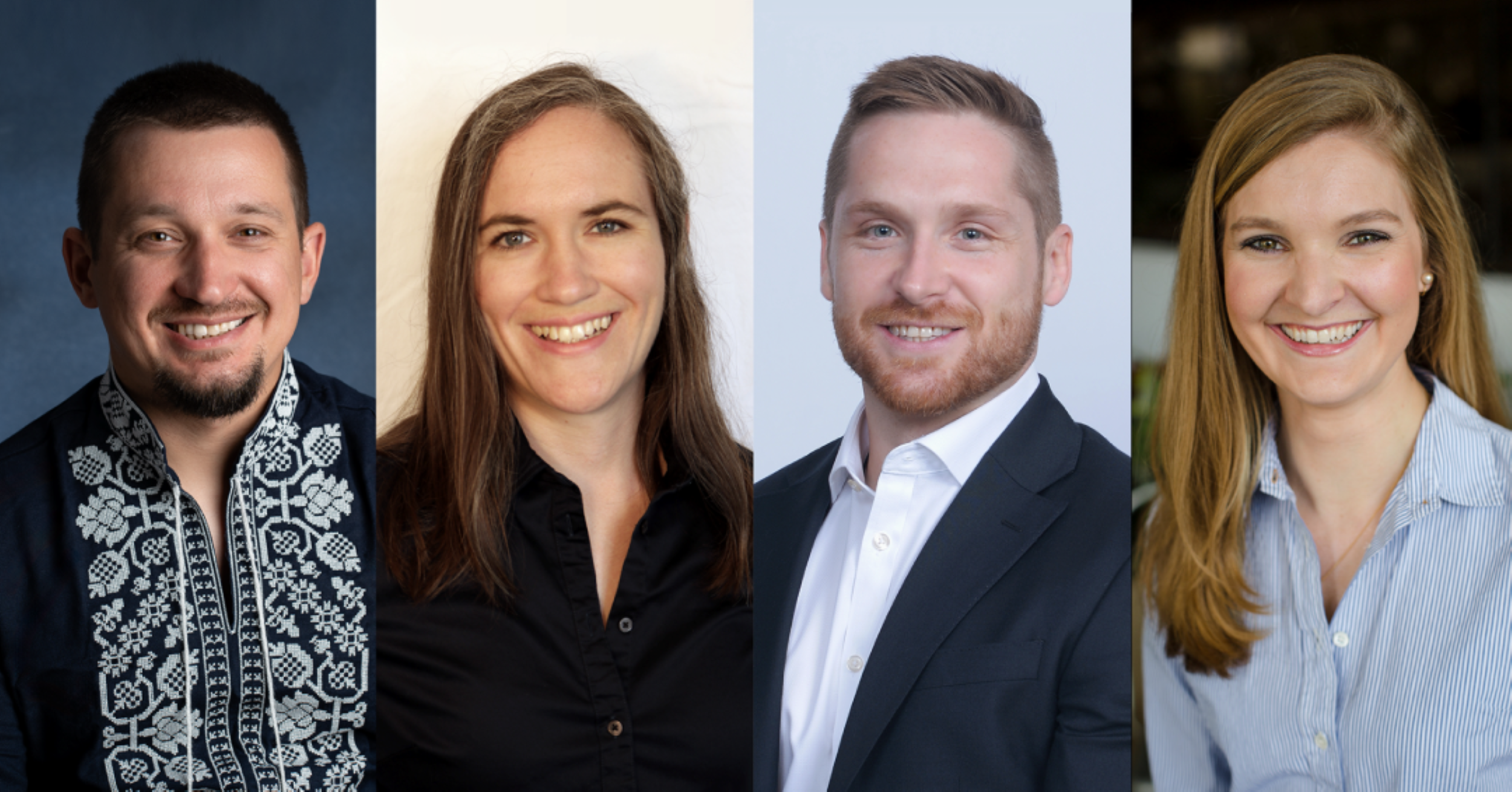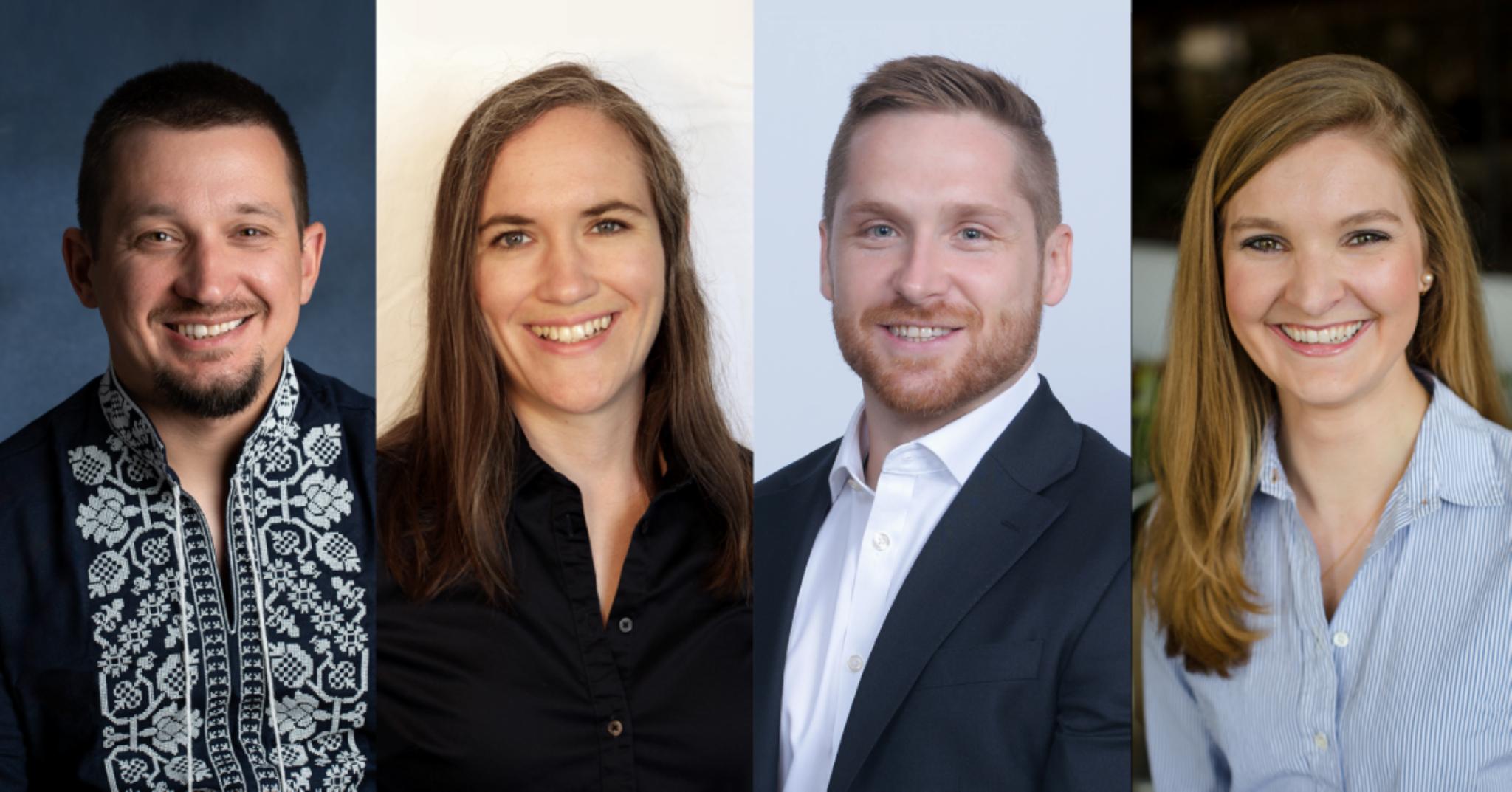 The latest crew chosen by NASA to venture on a simulated trip to Mars inside the agency’s Human Exploration Research Analog. From left are Sergii Iakymov, Erin Anderson, Brandon Kent, and Sarah Elizabeth McCandless.Credit: C7M3 Crew NASA selected a new team of four research volunteers to participate in a simulated mission to Mars within HERA (Human Exploration Research Analog) at the agency’s Johnson Space Center in Houston.
The latest crew chosen by NASA to venture on a simulated trip to Mars inside the agency’s Human Exploration Research Analog. From left are Sergii Iakymov, Erin Anderson, Brandon Kent, and Sarah Elizabeth McCandless.Credit: C7M3 Crew NASA selected a new team of four research volunteers to participate in a simulated mission to Mars within HERA (Human Exploration Research Analog) at the agency’s Johnson Space Center in Houston.
Erin Anderson, Sergii Iakymov, Brandon Kent, and Sarah Elizabeth McCandless will begin their simulated trek to Mars on Friday, Aug. 9. The volunteer crew members will stay inside the 650-square-foot habitat for 45 days, exiting Monday, Sept. 23 after a simulated “return” to Earth. Jason Staggs and Anderson Wilder will serve as alternate crew members.
The HERA missions offer scientific insights into how people react to the type of isolation, confinement, work and life demands, and remote conditions astronauts might experience during deep space missions.
The facility supports more frequent, shorter-duration simulations in the same building as CHAPEA (Crew Health and Performance Analog). This crew is the third group of volunteers to participate in a simulated Mars mission in HERA this year. The most recent crew completed its HERA mission on June 24. In total, there will be four analog missions in this series.
During this summer’s simulation, participants will perform a mix of science and operational tasks, including harvesting plants from a hydroponic garden, growing shrimp, deploying a small, cube-shaped satellite (CubeSat) to simulate gathering virtual data for analysis, “walking” on the surface of Mars using virtual reality goggles, and flying simulated drones on the simulated Mars surface. The team members also will encounter increasingly longer communication delays with Mission Control throughout their mission, culminating in five-minute lags as they “near” Mars. Astronauts traveling to Mars may experience communications delays of up to 20 minutes.
NASA’s Human Research Program will conduct 18 human health experiments during each of the 2024 HERA missions. Collectively, the studies explore how a Mars-like journey may affect the crew members’ mental and physical health. The work also will allow scientists to test certain procedures and equipment designed to keep astronauts safe and healthy on deep space missions.
Primary Crew Erin Anderson

Anderson earned a bachelor’s degree in Aerospace Engineering from the University of Illinois at Urbana-Champaign in 2013. After graduating, she worked as a structural engineer for Boeing on NASA’s SLS (Space Launch System) in Huntsville, Alabama. She moved to New Orleans to support the assembly of the first core stage of the SLS at NASA’s Michoud Assembly Facility. Anderson received a master’s degree in Aeronautical Engineering from Purdue University in West Lafayette, Indiana, in 2020. She started her current job in 2021, continuing her research on carbon fiber composites.
In her free time, Anderson enjoys playing rugby, doting on her dog, Sesame, and learning how to ride paddleboard at local beaches.
Sergii Iakymov
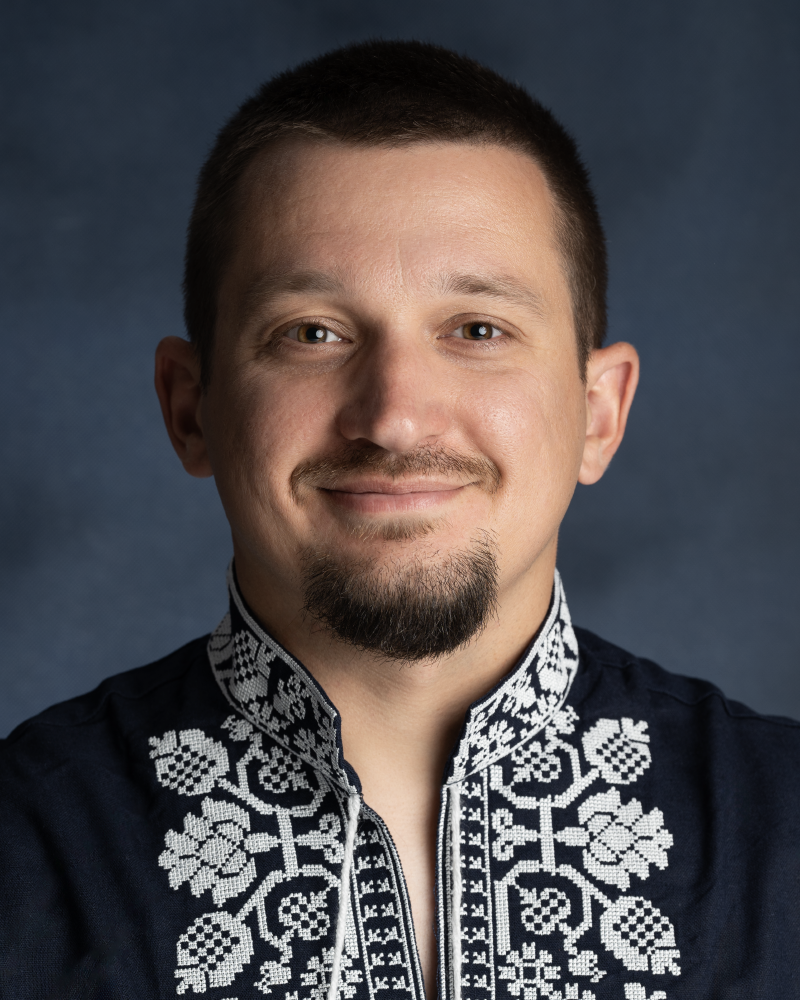
Iakymov received a bachelor’s degree in Aviation and Cosmonautics and a master’s in Aircraft Control Systems from Kyiv Polytechnic Institute in Ukraine. His graduate research focused on the motion of satellites equipped with pitch flywheels and magnetic coils.
Iakymov was born in Germany, raised in Ukraine, and currently splits his time between southern Utah and Chino Hills, California. His hobbies include traveling, running, hiking, scuba diving, photography, and reading.
Brandon Kent
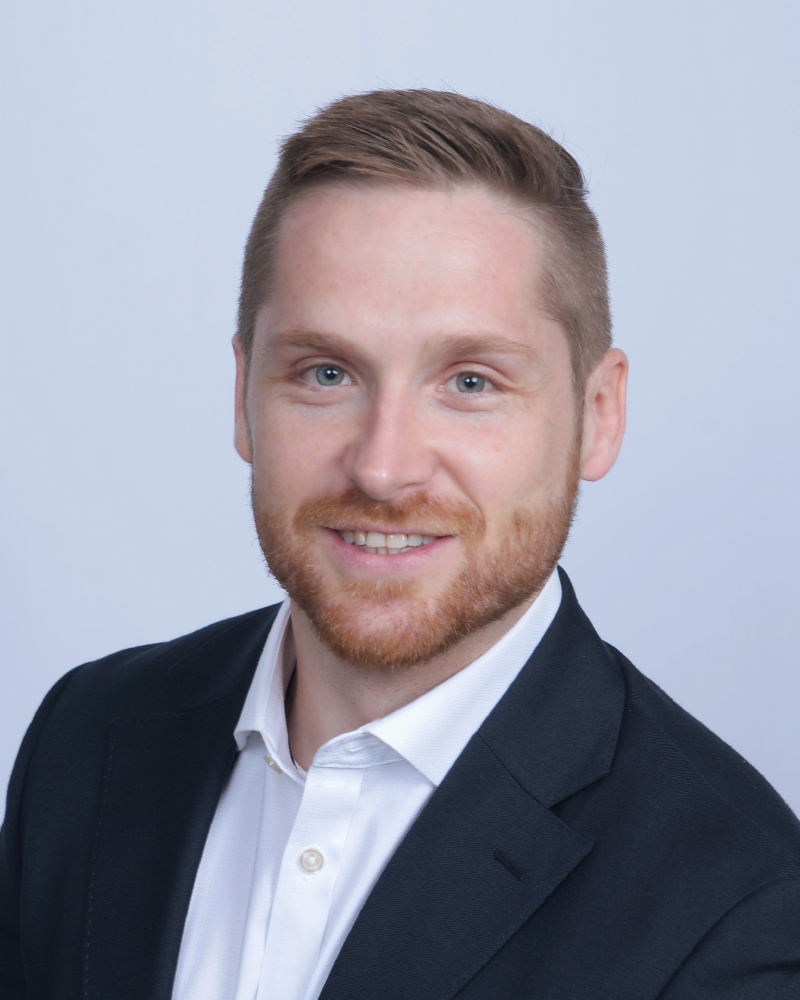
Kent received a bachelor’s degrees in Biochemistry and Biology from North Carolina State University in Raleigh. He earned his doctorate in Biomedicine from Mount Sinai School of Medicine in New York City, where his work primarily focused on how genetic factors regulate early embryonic development and cancer development.
Following graduate school, Kent moved into scientific and medical communications consulting in oncology, primarily focusing on clinical trial data disclosures, scientific exchange, and medical education initiatives.
Kent and his wife have two daughters. In his spare time, he enjoys spending time with his daughters, flying private aircraft, hiking, staying physically fit, and reading. He lives in Kinnelon, New Jersey.
Sarah Elizabeth McCandless
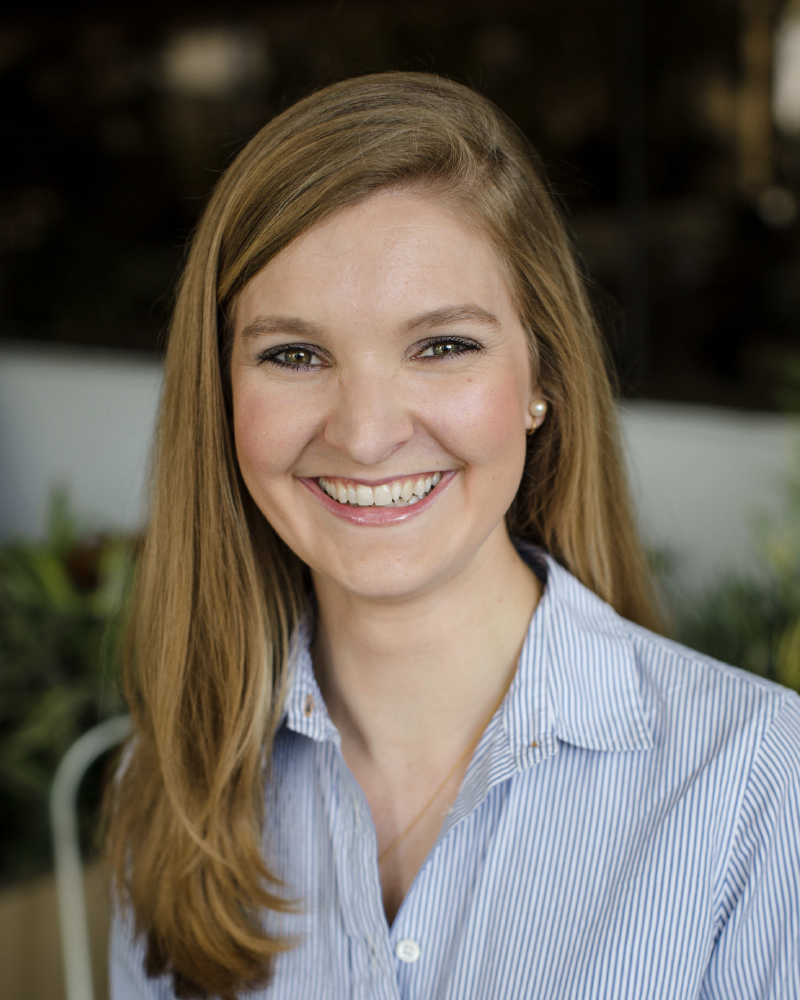
McCandless received a bachelor’s in Aerospace Engineering from the University of Kansas in Lawrence, and a master’s in Aerospace Engineering from the University of Texas at Austin, focused on orbital mechanics.
McCandless is originally from Fairway, Kansas, and remains an avid fan of sports teams from her alma mater and hometown. She is active in STEM (science, technology, engineering, and mathematics) outreach and education and enjoys camping, running, traveling with friends and family, and piloting Cessna 172s. She lives in Pasadena, California.
Alternate Crew Jason Staggs

Staggs supported scientific research expeditions with the National Science Foundation at McMurdo Station in Antarctica. He also previously served as a space engineer and medical officer while working as an analog astronaut in the Hawaii Space Exploration Analog and Simulation (HI-SEAS) atop the Mauna Loa volcano.
Staggs received his bachelor’s degree in Information Assurance and Forensics at Oklahoma State University and master’s and doctorate degrees in Computer Science from the University of Tulsa. During his postdoctoral studies at Idaho National Laboratory, Idaho Falls, he investigated electric vehicle charging station vulnerabilities.
In his spare time, Staggs enjoys hiking, building radio systems, communicating with ham radio operators in remote locations, and volunteering as a solar system ambassador for NASA’s Jet Propulsion Laboratory — sharing his passion for astronomy, oceanography, and space exploration with his community.
Anderson Wilder
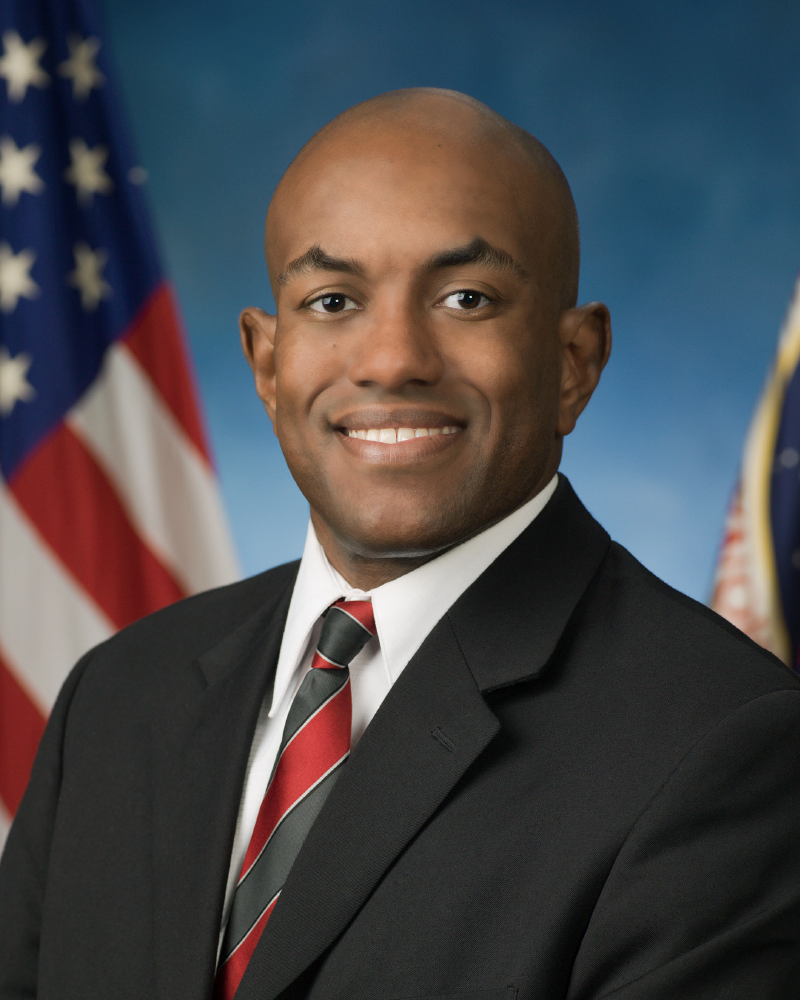
Wilder previously served as an executive officer and engineer for an analog mission at the Mars Desert Research Station in Utah. There, he performed studies related to crew social dynamics, plant growth, and geology.
Wilder received bachelor’s degrees in Linguistics and Psychology from Ohio State University in Columbus. He also received a master’s degree in Space Studies from International Space University in Strasbourg, France, and is completing a second master’s in Cognitive Experimental Psychology from Cleveland State University in Ohio.
Outside of school, Wilder works as a parabolic flight coach, teaching people how to experience reduced-gravity environments. He also enjoys chess, reading, video games, skydiving, and scuba diving. On a recent dive, he explored a submerged section of the Great Wall of China.
____
NASA’s Human Research Program
NASA’s Human Research Program (HRP) pursues the best methods and technologies to support safe, productive human space travel. Through science conducted in laboratories, ground-based analogs, and the International Space Station, HRP scrutinizes how spaceflight affects human bodies and behaviors. Such research drives HRP’s quest to innovate ways to keep astronauts healthy and mission-ready as space travel expands to the Moon, Mars, and beyond.
Keep Exploring Discover More Topics From NASA Living in Space
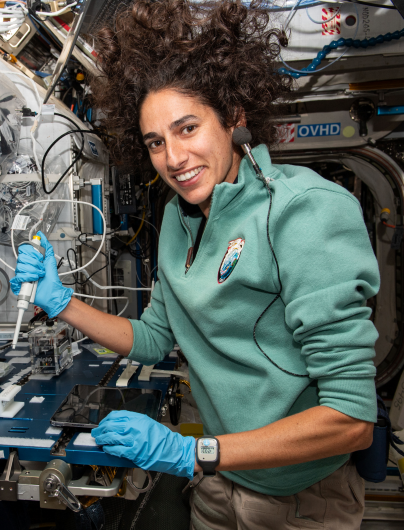 Space Station Research and Technology
Space Station Research and Technology


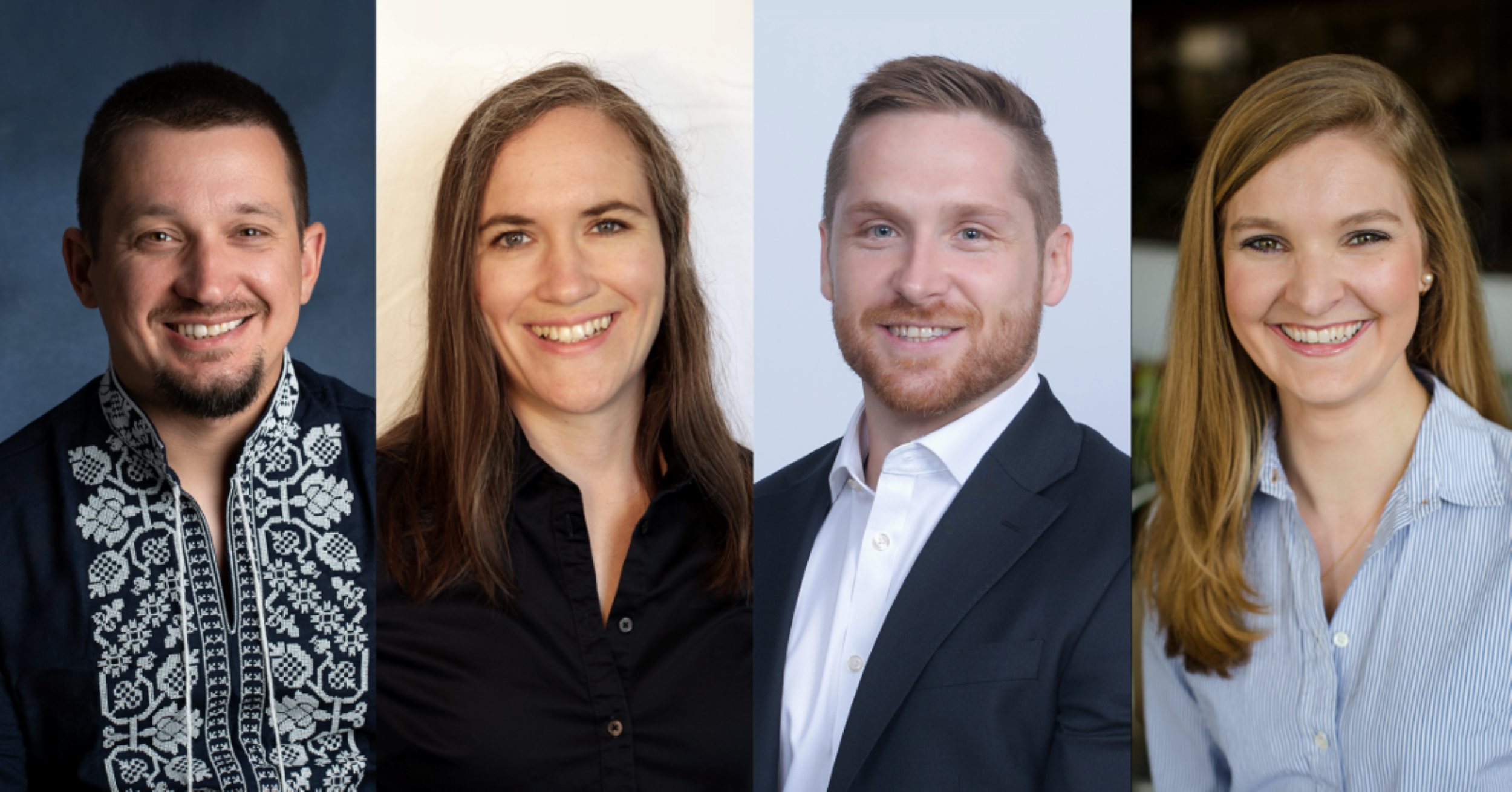
 5 min read Eileen Collins Broke Barriers as America’s First Female Space Shuttle Commander Article 3 hours ago
5 min read Eileen Collins Broke Barriers as America’s First Female Space Shuttle Commander Article 3 hours ago  2 min read Exploring the Moon: Episode Previews Article 3 days ago
2 min read Exploring the Moon: Episode Previews Article 3 days ago  6 min read Voyagers of Mars: The First CHAPEA Crew’s Yearlong Journey Article 2 weeks ago
6 min read Voyagers of Mars: The First CHAPEA Crew’s Yearlong Journey Article 2 weeks ago 